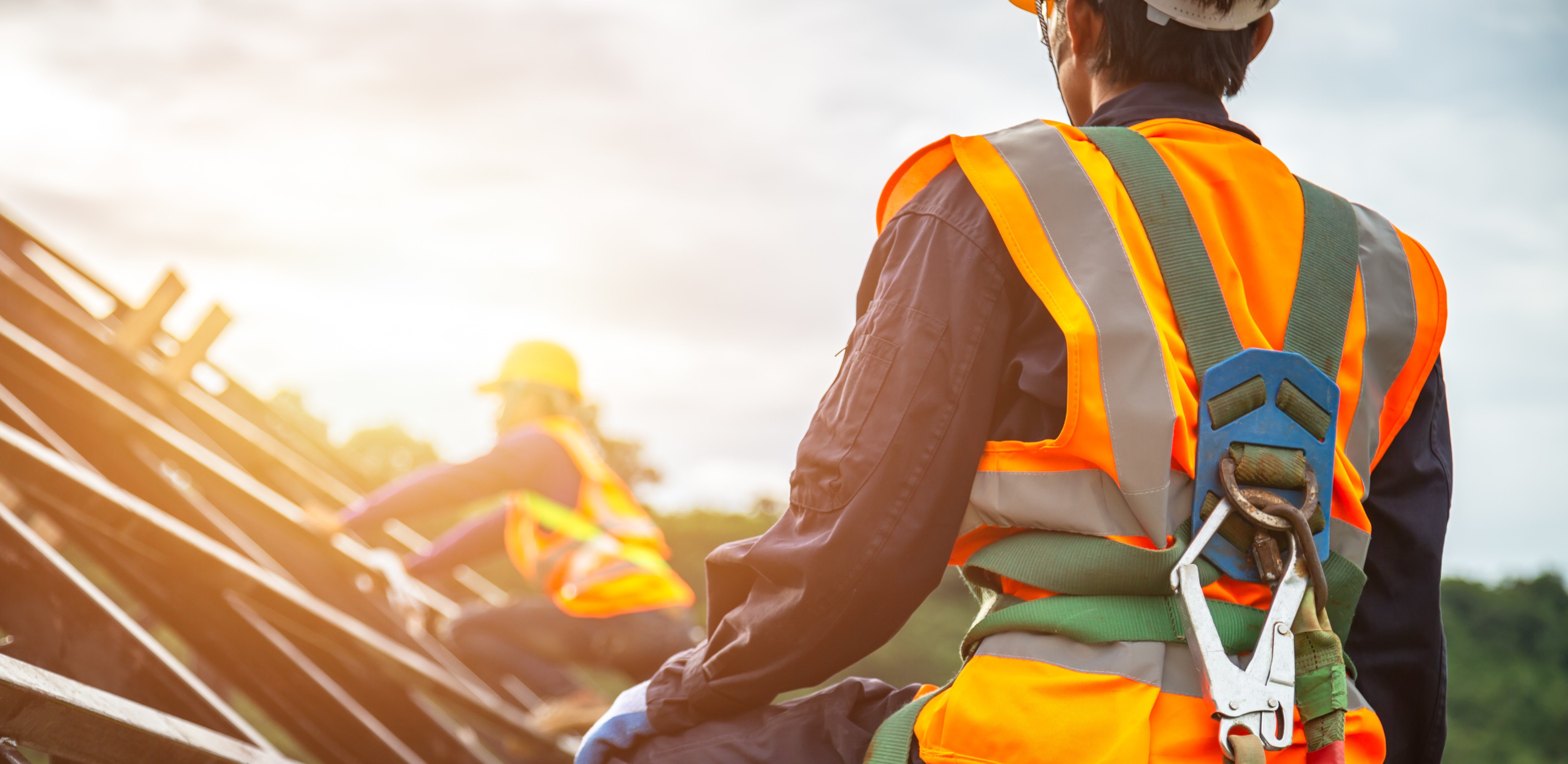Falls are no laughing matter in construction. The risk of falling should be taken seriously with proper safety precautions. In construction, falls are the leading cause of death, accounting for about one-third of all industry fatalities. The Bureau of Labor Statistics reported that there were 291 fatal falls to a lower level in construction in 2013, out of 828 total fatalities. It is paramount that construction workers inform themselves about fall protection because not only is it required by OSHA, but it could save lives. Today on Toolbox Talks, we will discuss fall arrest systems, a superb method to protect yourself and your fellow workers.
OSHA & Fall Protection
Fall protection is a simple but vital component of construction, but it is often incorrectly used. Unsurprisingly, OSHA’s most frequently-issued category of violations is fall protection. In 2014, 7,272 violations were discovered across all industries that resulted in more than $20 million in fines against employers.
To comply with OSHA standards, construction workers at heights of 6 feet or more above the lower level must use fall protection. At heights of less than six feet, fall protection is mandatory when working near dangerous equipment, like machinery with open drive belts or open vats of degreasing or acidic agents. Utilizing proper fall protection can save you money, but most importantly, it can save your life.
What You Should Know
A personal fall arrest system is a system used to safely stop (arrest) a worker who is falling from a working level. Its purpose is to bring the worker to a complete stop without allowing the worker to fall more than 6 feet or make contact with any lower level. It must include an anchorage, connectors, and a full-body harness worn in the center of the back, around the shoulder, or above the head. The system may also include a lanyard with locking snap hooks, deceleration device, lifeline, or any suitable combinations of these.
The design of a personal fall arrest system must meet three significant specifications:
- Straps must be made of synthetic fiber.
- Locking snap hooks or D-rings are required, and they must attach to the body in the center of the back.
- The anchorage must meet the manufacturer’s requirements and cannot be connected to platforms, guardrails, or hoists.
Correct installation of the system is crucial to protecting yourself and your fellow workers. Avoid tying off around rough or sharp edges to prevent the fall arrest system from being severed in action. Double-check that your lanyard system is no longer than 6 feet and will prevent the wearer from coming into contact with any lower level. Be sure to use anchorages that support 5,000 pounds per secured worker and are separate from any supporting anchorage used for platforms and other construction scaffolding. Remember, workers are required to be connected to separate vertical lifelines unless working in an elevator shaft.
Before each use, fall protection devices need to be thoroughly inspected. Wear, damage, or deterioration in the system could make it unstable and unsafe. We recommend harnesses with integrated webbing technology that make it easy to see when a harness needs to be replaced. When the brightly colored webbing is visible, it’s time to retire the harness. Snaphooks and D-rings should be inspected for deformities and damage. If you are unsure, get a second opinion from your supervisor. Any equipment with defects needs to be removed and tagged for repair or discarded.
Once a fall arrest system is used to stop an actual fall, it must be taken out of service immediately to be inspected by a competent person to determine whether or not it is reusable. If you are working and experience a fall, take off your equipment and give it directly to your supervisor or an experienced person, so it doesn’t get mixed up with anyone else’s gear and accidentally used again.
The top priority of any construction company is to keep workers safe from unnecessary injuries or death. Fall protection is an indispensable factor of any safety and protection plan. Do you have any personal experiences with personal fall arrest systems in action? Please share your stories below to help us spread the word about the importance of fall protection for construction workers.
Wishing you a happy and safe working environment,
Wryker’s Safety Team

